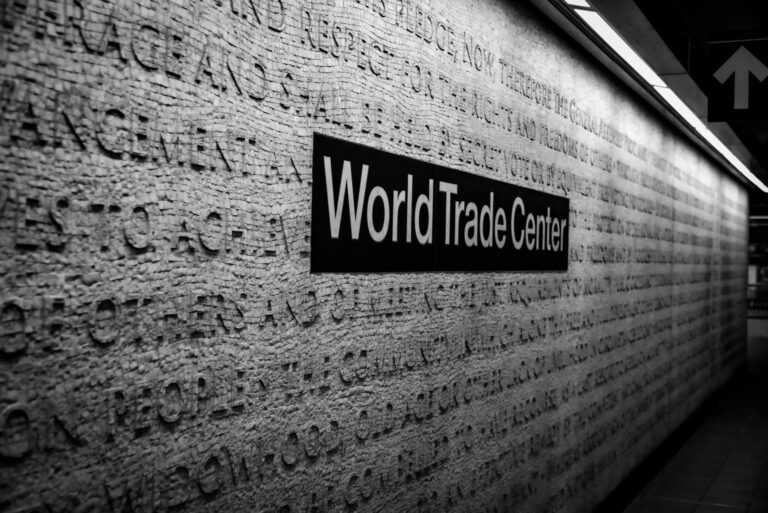The first week of April saw global markets plunging into heightened instability following U.S. President Donald Trump’s announcement of aggressive tariff measures on imported goods. The impact of these tariffs has rippled through the international markets, causing significant concern among investors and analysts alike. This week’s market movements marked a dramatic shift in the economic outlook, igniting fears of inflation and a potential economic slowdown.
The S&P 500, a key benchmark for U.S. equities, recorded a sharp 4.6% drop, effectively bringing an end to its impressive five-quarter winning streak. The decline signals broader concerns about the potential long-term effects of Trump’s trade policies, particularly as they relate to international trade and supply chains. Meanwhile, the Nasdaq Composite took an even harder hit, plummeting by 10.4%. This steep fall represents its worst quarterly performance since Q2 of 2022, highlighting the depth of the market’s unease.
Central to this volatility is the announcement of a sweeping 10% tariff on all imports, coupled with additional duties targeting specific countries. Trump’s decision to impose these tariffs has raised alarms about their potential to drive up the cost of goods, leading to inflationary pressures. As the cost of imports rises, it’s expected that manufacturers may pass those expenses on to consumers, further escalating living costs. This is particularly concerning for industries that rely heavily on overseas goods and raw materials, such as technology and consumer goods, which could face significant price hikes.
Adding to the uncertainty, investors are grappling with the potential consequences for economic growth. A slowdown in international trade, coupled with higher consumer prices, could hinder the growth trajectory of not only the U.S. economy but also global markets. Experts are closely watching the Federal Reserve’s reaction to these developments, as it will play a crucial role in determining the future course of the economy. The central bank’s ability to navigate these turbulent waters will be essential in curbing inflation while still supporting economic expansion.
Given the current climate of uncertainty, market participants are adopting a cautious approach, waiting for further signals from both the White House and the Federal Reserve. As the situation evolves, it remains clear that the impact of these tariffs will continue to reverberate throughout the financial landscape, with far-reaching consequences for businesses, consumers, and policymakers alike.


